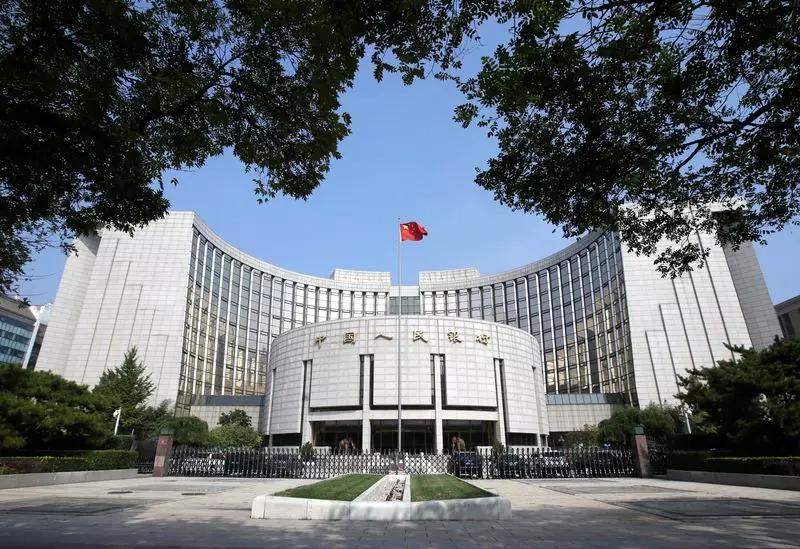In light of recent global economic trends, China is poised to adjust its monetary policy, with anticipated reductions in its primary lending rates. The U.S. Federal Reserve’s significant half-percentage-point interest rate cut has not only altered the dynamics of global finance but has also granted China a greater scope for its monetary maneuvers. Historically, the divergence in monetary policy between the U.S. and China, coupled with a weakening yuan, has impeded Beijing’s capacity to stimulate the economy effectively. This latest decision by the Fed could present an opportunity for China to recalibrate its financial strategies.
At the heart of China’s monetary responses lies the loan prime rate (LPR), which is indicative of lending costs extended to the country’s most reliable borrowers. This rate is derived from a compilation of submissions by twenty designated commercial banks to the People’s Bank of China (PBOC) each month. A recent survey revealed that a majority of financial analysts—69% of 39 surveyed—anticipate reductions in both the one-year and five-year LPRs. The sentiments reflect a growing consensus that a conducive environment for economic stimulation is emerging, particularly following the initiation of a new easing cycle by the U.S. central bank.
Amid these developments, market participants are also keenly observing the seven-day reverse repo rate, which now serves as a pivotal policy instrument for the PBOC. Analysts predict that before lowering the LPRs, the central bank might first ease the borrowing costs associated with this short-term liquidity provision tool. This step would not only signal the PBOC’s commitment to fostering growth but also help stabilize fluctuations within the financial system.
The urgency for such monetary adjustments is underscored by disappointing economic data from August, which has indicated a slowdown in credit lending and other economic activities. As international financial institutions reassess their growth projections for China, many have revised their forecasts below the government’s growth target of approximately 5% for 2024. The downward adjustments highlight the challenges facing the Chinese economy, necessitating proactive measures to invigorate domestic consumption and investment.
In response to the ongoing economic pressures, President Xi Jinping has emphasized the need for the authorities to work diligently towards achieving the nation’s economic and social development goals. This aligns with the broader objective to implement stimulus measures that can offset the impacts of an uneven economic recovery. As market observers await the PBOC’s forthcoming policy decisions, the confluence of domestic economic factors and international monetary policies creates a complex landscape for China’s financial prospects.
As China navigates through external pressures and internal economic challenges, its forthcoming policy adjustments seem to reflect a strategic approach to bolster growth, ensuring that it remains resilient in an ever-evolving global economic environment.


Leave a Reply